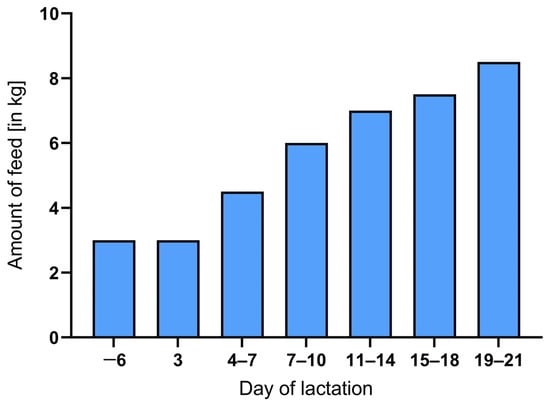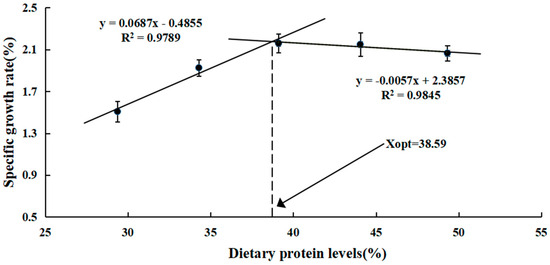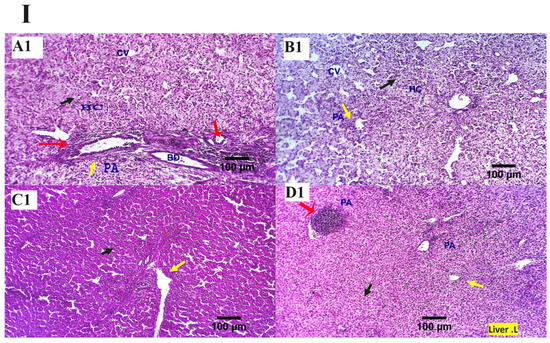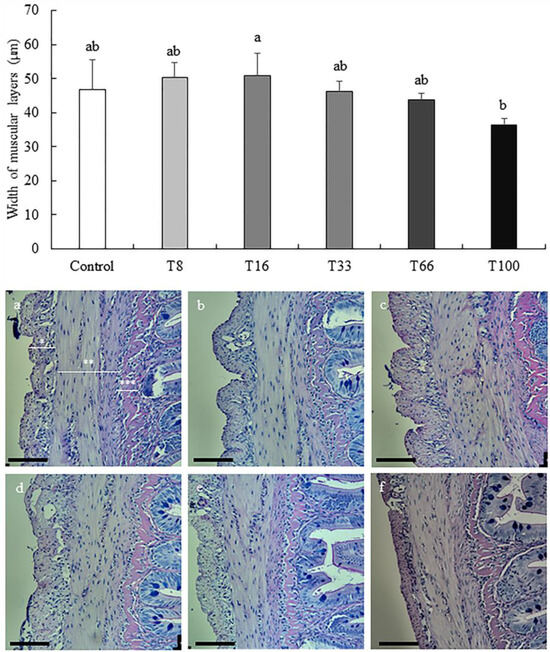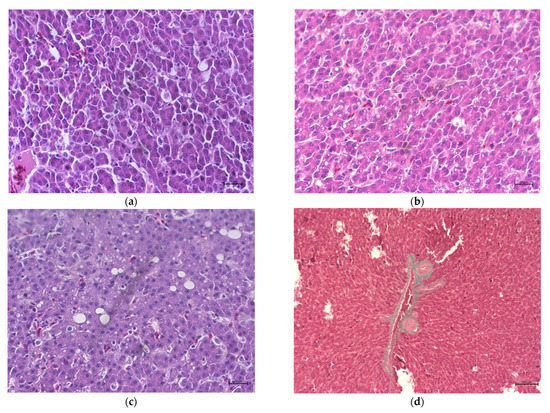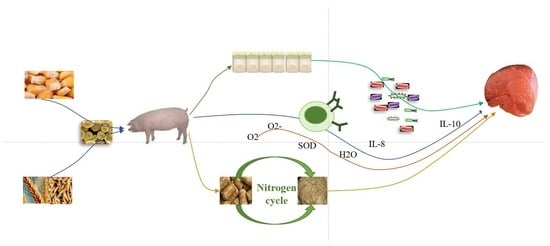Effects of Feed Ingredients on Growth Performance and Carcass Characteristics in Animals
A project collection of Animals (ISSN 2076-2615). This project collection belongs to the section "Animal Nutrition".
Papers displayed on this page all arise from the same project. Editorial decisions were made independently of project staff and handled by the Editor-in-Chief or qualified Editorial Board members.
Viewed by 44159Editors
Interests: animal nutrition; pigs feeding; feed additives; ecological production; carcass traits; meat and fat quality
Special Issues, Collections and Topics in MDPI journals
Interests: pig nutrition; feed quality; feed supplements; carcass traits; meat and fat quality
Special Issues, Collections and Topics in MDPI journals
Project Overview
Dear Colleagues,
The high costs of nutrition force farmers to consider optimal precision feeding, feed quality and feed digestibility. Therefore, ensuring the good quality of ingredients and feed additives is an indispensable element of modern animal nutrition. Feed additives which improve nutrient absorption could be a way of reducing the feeding cost and negative environmental impacts of farms. Ingredients and supplements dedicated to animals’ early lives can long-term animal health and future growth performance. More and more consumers are choosing foods that are beneficial to health, originating from animals fed with good-quality feed ingredients and natural feed additives that modify the quality of meat and other animal products. In this Topical Collection, beyond the aforementioned issues we are also interested in ingredients and additives which improve the growth performance and meat quality of animals exposed to heat stress, as well as those intended for companion animals.
This Topical Collection is interested in research papers and reviews on all aspects related to the efficiency of feed ingredients and their effects on growth performance, carcass characteristics and meat quality. We invite you to share your recent findings in this Topical Collection.
Prof. Dr. Eugeniusz Ryszard Grela
Prof. Dr. Małgorzata Świątkiewicz
Collection Editors
Manuscript Submission Information
Manuscripts should be submitted online at www.mdpi.com by registering and logging in to this website. Once you are registered, click here to go to the submission form. Manuscripts can be submitted until the deadline. All submissions that pass pre-check are peer-reviewed. Accepted papers will be published continuously in the journal (as soon as accepted) and will be listed together on the collection website. Research articles, review articles as well as short communications are invited. For planned papers, a title and short abstract (about 100 words) can be sent to the Editorial Office for announcement on this website.
Submitted manuscripts should not have been published previously, nor be under consideration for publication elsewhere (except conference proceedings papers). All manuscripts are thoroughly refereed through a single-blind peer-review process. A guide for authors and other relevant information for submission of manuscripts is available on the Instructions for Authors page. Animals is an international peer-reviewed open access semimonthly journal published by MDPI.
Please visit the Instructions for Authors page before submitting a manuscript. The Article Processing Charge (APC) for publication in this open access journal is 2400 CHF (Swiss Francs). Submitted papers should be well formatted and use good English. Authors may use MDPI's English editing service prior to publication or during author revisions.
Keywords
- animal nutrition
- feed ingredients
- feed additives
- feed quality
- growth performance
- carcass traits
- meat quality






